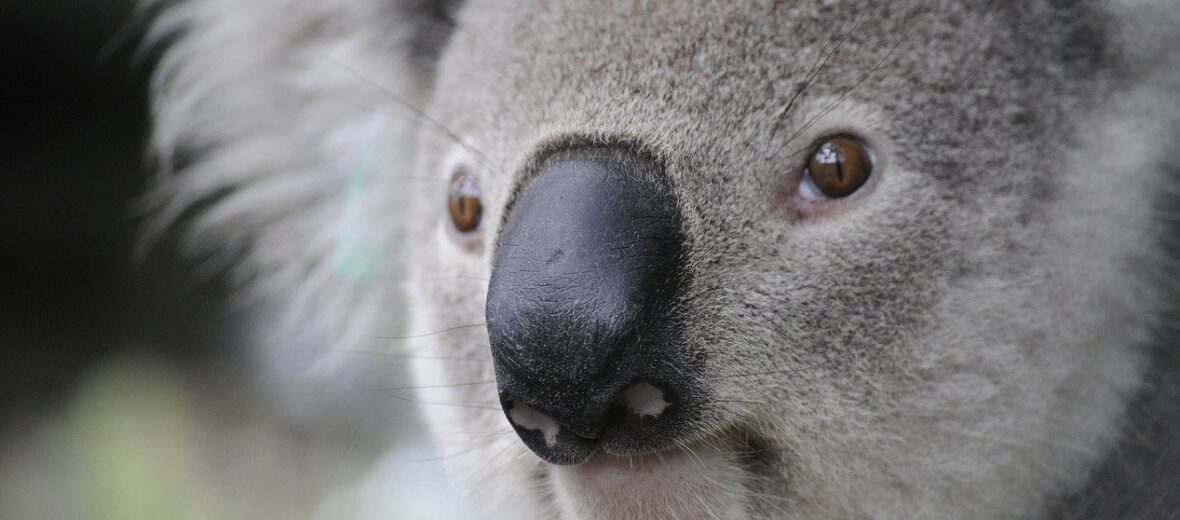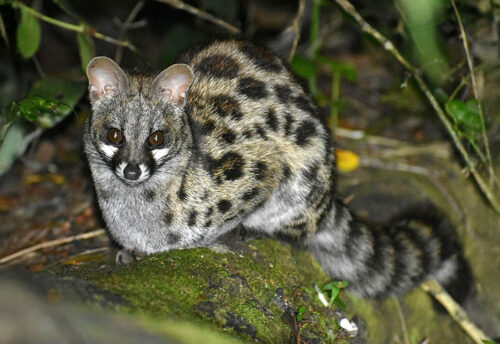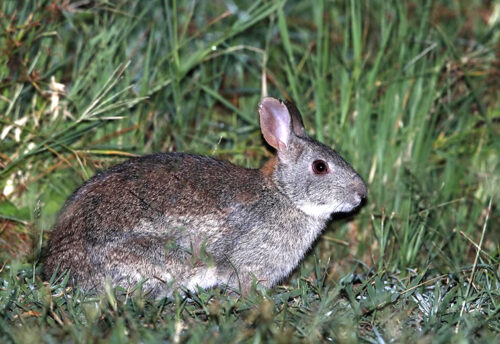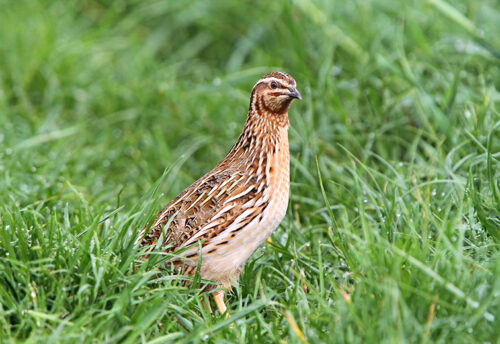
The koala is the first symbol of Australia that people think of. They are adorable, soft, furry, and cute. However, they can have a bit of a nasty streak too, if not brought up around humans. Wild koalas should never be approached as they can become frightened and very aggressive. Leave them alone and enjoy them from afar. On a brighter note, these sleepy headed marsupials eat eucalyptus leaves exclusively. So much so that they actually smell like the leaves themselves. Koalas are listed as Vulnerable by the IUCN.
First the Stats…
Scientific name: Phascolarctos cinereus
Weight: Up to 33 lbs.
Height: Up to 2.8 feet
Lifespan: Up to 16+ years
Now on to the Facts!
1.) Even though they are called koala bears, they aren’t related to bears at all. They are marsupial mammals related to wombats.
2.) When a koala is born it is called a joey. It immediately climbs up to its mother’s pouch after birth. Blind and earless, the joey uses its strong sense of touch and smell to find its way to their mother’s pouch where it stays and grows for about 6 months. The baby eats the mother’s feces (poop) to gain nutrition and to help build up an immunity to the eucalyptus leaf’s poisons.
3.) They can eat over 2 lbs. of eucalyptus leaves a day!
4.) The name koala is aboriginal for “no drink” as they receive most of their moisture from the leaves they eat and seldom drink water.
5.) They are sleepy critters as well. The koalas sleep for approximately 18 hours a day!
But wait, there’s more on the koala!
6.) Habitat loss is the greatest threat to Koalas. The primary cause for this is land clearing, bushfires, and eucalyptus diseases, called ‘dieback’ which causes the trees to wither and die.
7.) There are fewer than 80,000 koalas left in Australia.
Did you know…?
Eucalyptus leaves are super tough and poisonous! However, koalas have an elongated digestive organ called a cecum which allows them to break down the and digest the leaves unscathed.
8.) Koalas have 5 digits on their front paws, two of which are opposed. This is very similar to our thumbs. This helps them to hold onto the branches and to grip their food. The 2nd and 3rd digits on their hind paws are fused together to form a type of grooming claw.
9.) Mature males have a scent gland located in the center of their chest which secretes a dark, sticky substance. They rub this on their trees to let other Koalas know that this territory is taken.
10.) If a koala feels threatened, they will make loud bellows and belches, bite, scratch, and urinate on their perceived attacker!
Now a Short Koala Video!
Also, check out the Critter Science YouTube channel. Videos added frequently!
Want to suggest a critter for me to write about? Let me know here.



